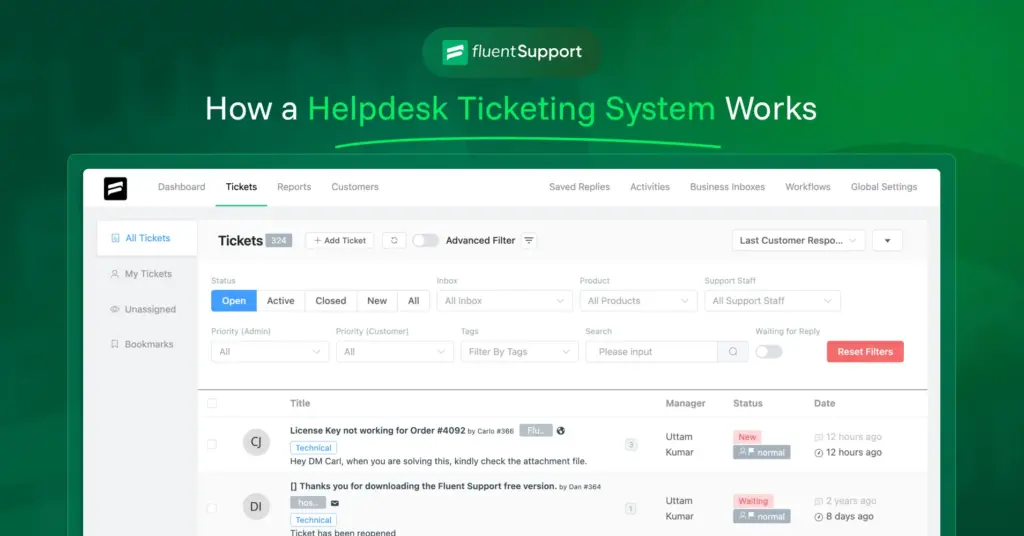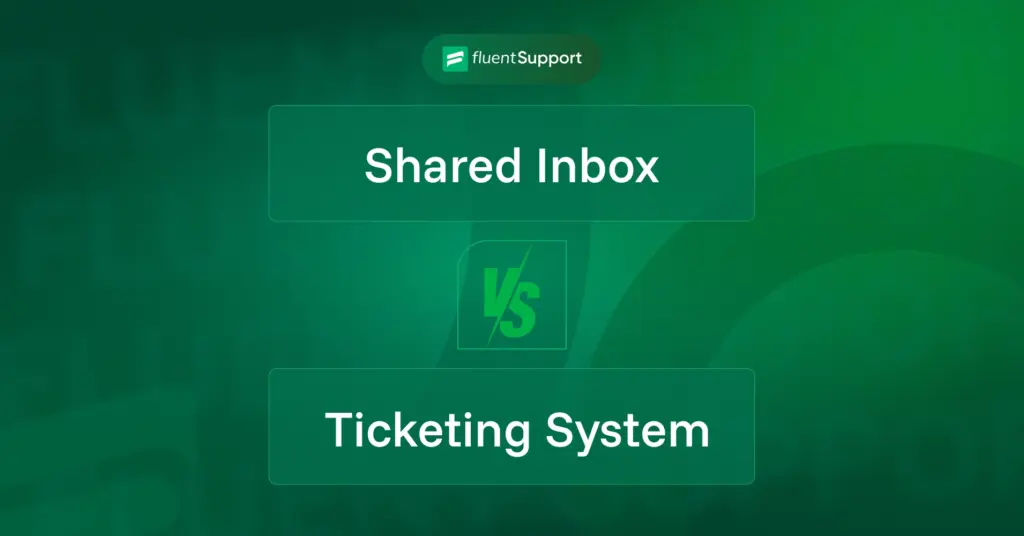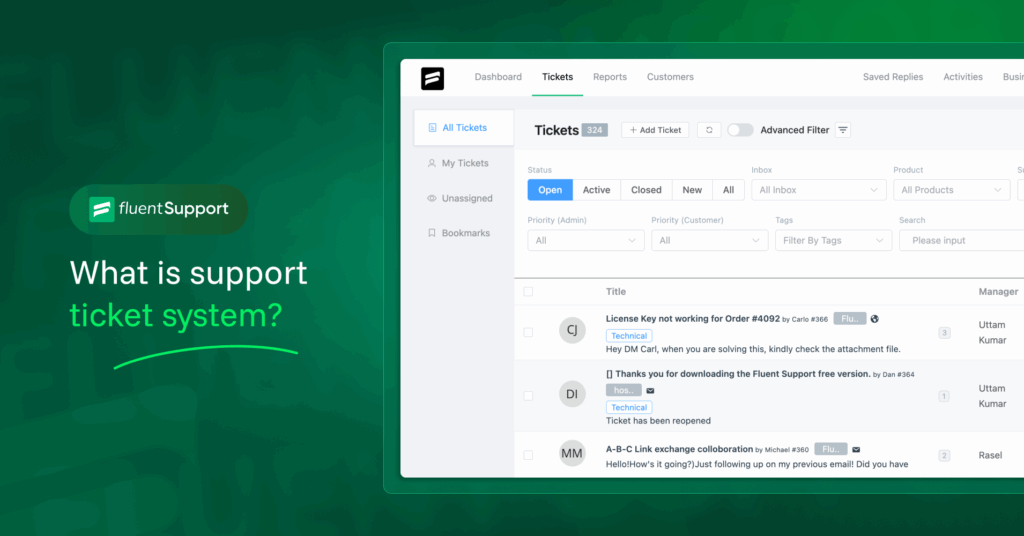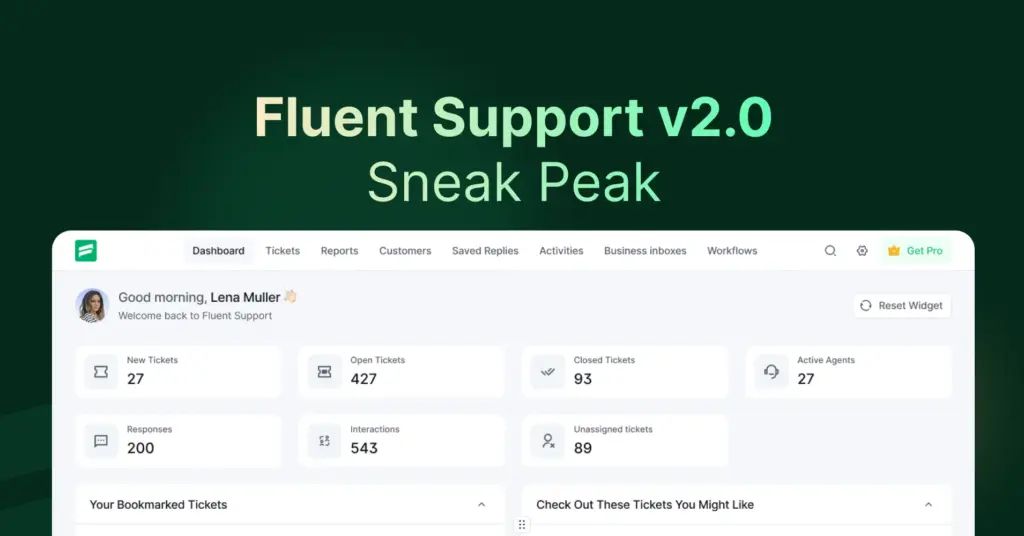
8 Tips on How to Say No to Customers Professionally
By Nishat Shahriyar
March 28, 2022
Last Modified: May 22, 2024
Dealing with angry customers is everyday work for customer service and support teams. Happy customers go into an angry mode in a few conversations if it does not fulfill their needs.
Your agents know this better; an angry customer can be turned into a dissatisfied customer in a minute. It is important how you handle them. Sometimes you have to say no to your customers. But how can you say no to your customers professionally?
Often you have to deliver negative news to your customers or unpleasant news. These conversations can turn into tricky situations for agents if not communicated well. That’s why your agents must say no when needed.
How to say no to your customers?
Telling your customers “No”, nicely is an art. Especially when you consider that there is no way you can solve every customer complaint. Ask any of your customer representatives and they will tell you how uncomfortable they feel when this happens. That is why you have to train your agents firsthand on this matter.
One word is enough to ruin any relationship you build in any customer interaction. But how can you say no to your customers and still have the relationship intact? Here are eight ways to say no to your customers:
1. Be empathic
Start your conversations with empathy. We already covered how empathy plays a huge role in preventing bad customer service. Use empathy to make a connection with your customers while delivering negative news.
Most times, customers will want to upgrade products or new features. Tell them nicely that you would love to have that, but the development team is working hard to ensure the product is working fine. Do not sell your product short. Be empathic and tell your customers why it is not the ideal time for these features. Do not forget to mention which features are right now shipped, how that benefits the customers, and inform them about your product roadmap.
To prevent misunderstanding in conversations, connect your support team with your development team from the start. Have agents in the loop about what features are in development, what shipped, and what’s coming in the next update. This will help your agents deliver the news to customers the right way and they will have no problem saying nowhere it is needed.
2. Clarify & Explain First
Sometimes customers will ask for one thing, but they will not be quite sure what they want. Always ask for clarification. If a customer is upset about a company decision, ask them why it upset them and try to learn how that affects them. This way, you can show that you are caring and listen to your customers. Your customer will feel more accepting of your no.
Have a clear message. Do not confuse your customers while explaining. Avoid misunderstanding by asking and getting clarification. Understand customers’ intentions first. Do not rush to say no.
No matter how busy you are, explain things carefully to your customers. This will make them feel heard. Explain why you are saying no and how it is not a mistake but a well-thought-out decision. For example, if a customer requests a feature, explain why you are saying no, explain your product roadmap, and show them you care by saying that you will add their request for the upcoming feature update list.
Deliver Superfast Support!
Provide customer solutions through one-to-one communications right from your help desk software.
3. Listen Carefully
Every customer interaction should be handled carefully. Your agents should listen to your customer delicately. Listening to customers is an essential part of an excellent customer service experience.
Customers should feel that their agents are engaged in the conversations and trying to understand their situations. If customers feel neglected while talking to your support, they will be more likely to look for your competitor with good customer service. Being empathic is the key to this.
Listen attentively, yet if you can’t deliver the solutions for your customers right now. But you may offer them alternative solutions after understanding their problem. Listening is the key to understanding correctly.
Listening meticulously helps you and your customers; it often helps you improve your business. Collect information from your customers while listening, analyze the data, and use the information for upgrading your products and service. Your customers are the best source of your company data. You can use that data to improve, evolve and provide better solutions for your customers.
4. Show respect to your customer
The best way to say no to customers is to show respect. Acknowledge your customers’ effort to take time out of their daily life and contact you. Most times, people search for solutions for them online. If customers contact your support, then it is their last resort. Make them feel heard.
Do not change your voice while talking to your customers. This is true for both phone calls and emails. Covey the same friendly tone while saying no. People can recognize the change in your tone and react more negatively. Again having empathy will automatically set the tone of your conversations.
The easiest way of showing respect is to involve your customers in your problem-solving process. This will help them empathize with you. Ask them directly how you can solve the problem. This will also help you understand why and how customers are affected. Both sides can find alternative solutions to the problem. If not, customers are more likely to accept your no, considering your effort.
5. Give honest answers
Always give honest answers. Customer retention is an integral part of running a business. No one loves losing customers. But sometimes, customers who constantly contact support for ways that are not supposed to work for your product are not worth your time. You should answer the customer honestly and show them why it is not good for both of you and your product is not suitable for their needs. It is not worth it to carry a dissatisfied customer for customer retention.
There will be situations like this you may often encounter when you should choose to answer honestly. Do not give your customers fake promises, do not say you will share their feature request with the dev team if you have no intention to do so; you don’t want to disappoint them after a few weeks when they follow up. People can easily pick up your insincerity.
As a business, your goal should be to get customers who will use your product the right way and value it. Honestly achieve that. Your customer will appreciate your honesty one way to another.
6. Offer alternative solutions
Try to offer alternative solutions before saying no. A happy customer is worth more than just a satisfied customer. If a long-term customer has a problem with a specific payment, offer them an alternative even if it is not mentioned on your site. If a feature request is not in the roadmap right now, offer other solutions to do the same work and ensure that you suggest the missing feature to your dev team for roadmap entry. Follow up with progress in a few weeks of the suggestion with your customers.
If you don’t have solutions right now, don’t fear to point them to an alternative. Zappos constantly does it. Whenever they stock out, they refer to their competitors. This makes them stand apart from the market, leaves a permanent impression on customers, and creates loyalty among them. Although it has higher prices, over 75% of Zappos’ business comes from repeat customers.
7. Focus on solutions
Do not put all your focus on saying no. As we said earlier, offering alternative solutions is one option, but focusing on solutions. Often a customer will ask for new features to solve their problems. Most times, if you spend time understanding your user’s problem, you can figure out other workways to solve their problem rather than passing a feature request to the product team.
If you cannot find a solution, you can add the request as a feature request so you can improve your product. Customers will see you are genuinely engaged with them, which will win their trust. Always follow up with your customers after a new release. This will increase customers’ positive impression of your brand.
8. Say no without saying no
Use positive and honest language to say no to your customer. Without giving empty promises, explain to your customers why you can’t deliver what they want in a manner that they should understand everything you are doing to provide value to them. Inform your company’s visions and policy. Show them your roadmap and progress over the period.
Say no to your customer by saying no by using positive phrasing. Here are some examples-
“I understand what you are saying…”,
“I can feel you, but…” or
“I know how frustrating it can be, may I offer an alternate solution…”
Saying no is hard and sometimes it leaves customers frustrated. Try to offer your customer extra benefits if you can. You don’t have to offer this to everybody, just your long-term customers. This will help you retain them and boost customer satisfaction.
Wrapping up
You have to say no to your customers all the time. Our goal should maximize customer retention and minimize customer churn by saying no in more positive ways. Most times, you don’t need to say no directly. Be empathic and find alternative solutions to provide value to your customers. Say no when it needs to be and don’t be shy about breaking up with your customers if necessary.
Showing respect to your customers is the best way to build relationships in the long run, even if you can’t fulfill their needs. Eventually, this helps your business with word-of-mouth marketing; it makes you stand apart in a crowded market. Start saying no with confidence from today!
What do you do when you have to say no to your customers?
What obstacle do you face to solve this issue? How do your customers react to your no?
Could you share your answer with us? Comment below!
Your own Support Portal in 5 minutes!
Start off with a powerful ticketing system that delivers smooth collaboration with powerful integrations.












Leave a Reply